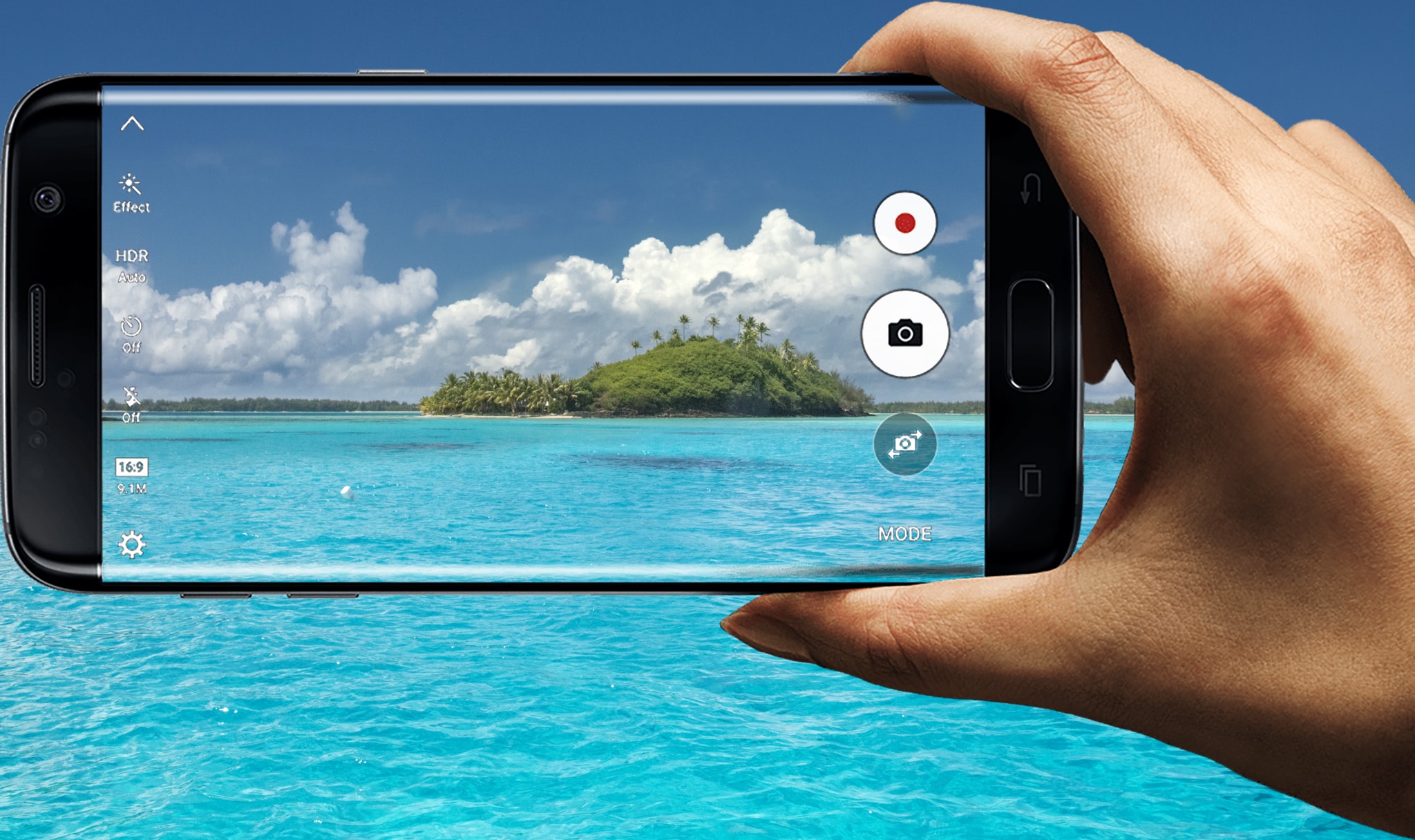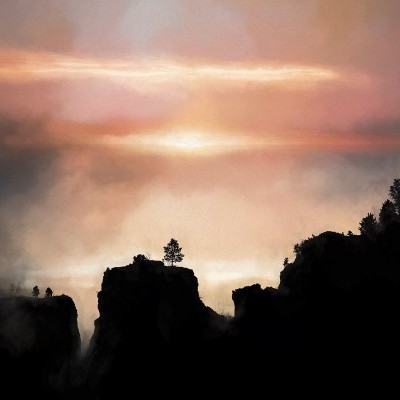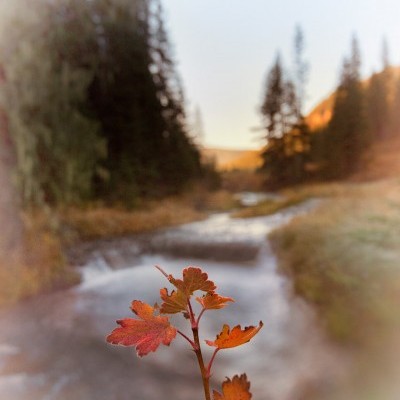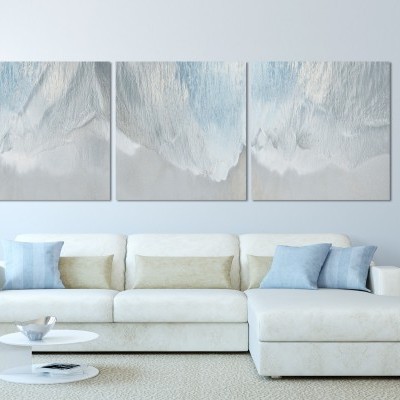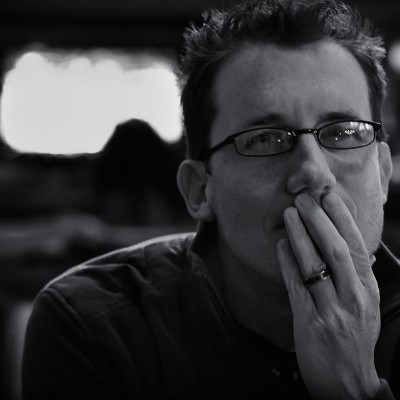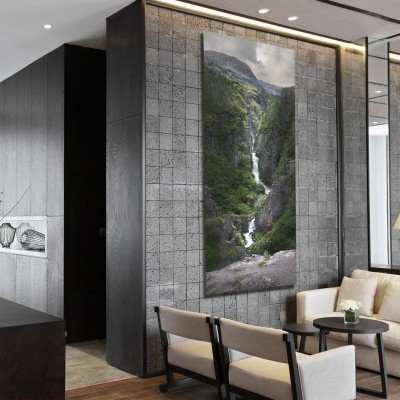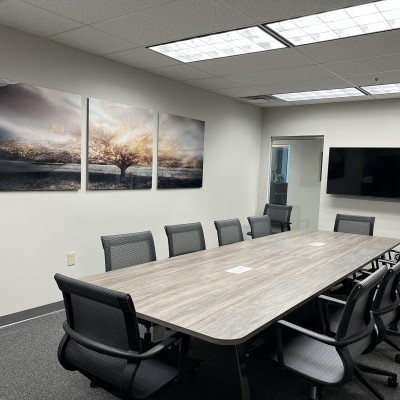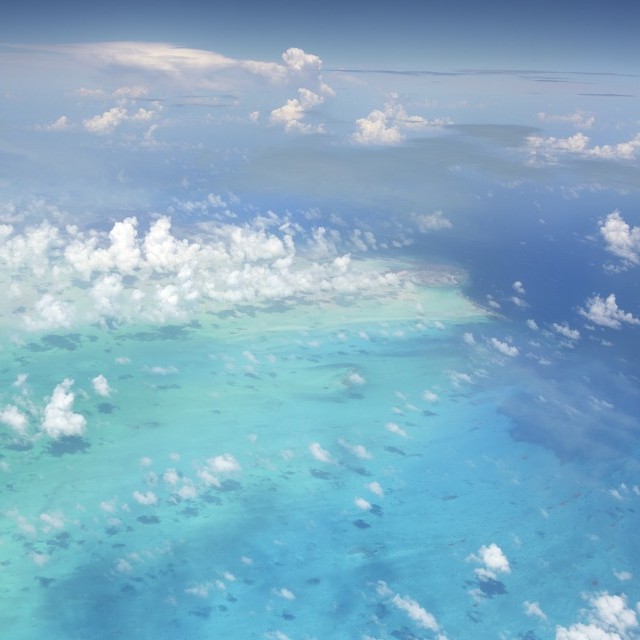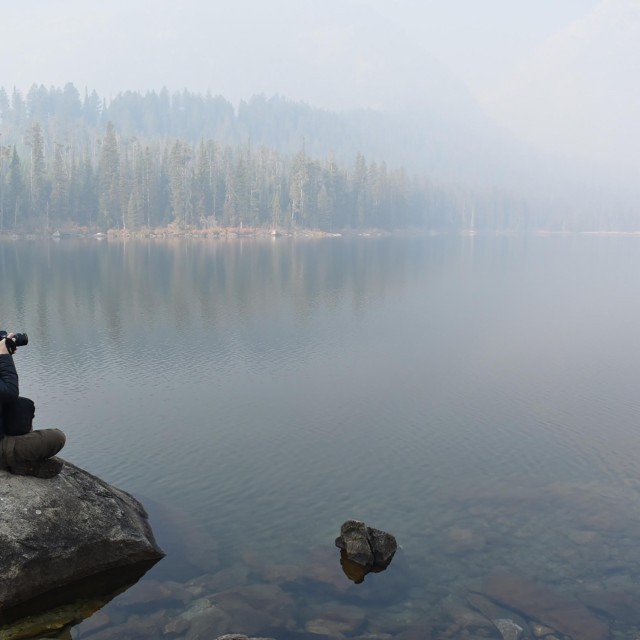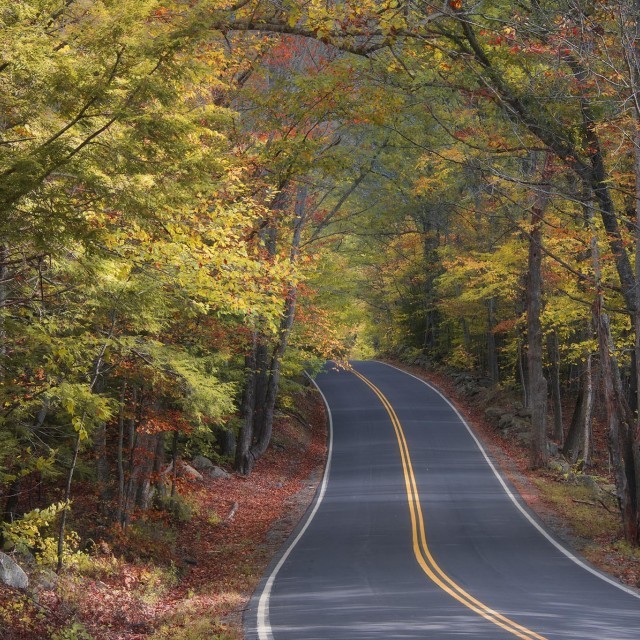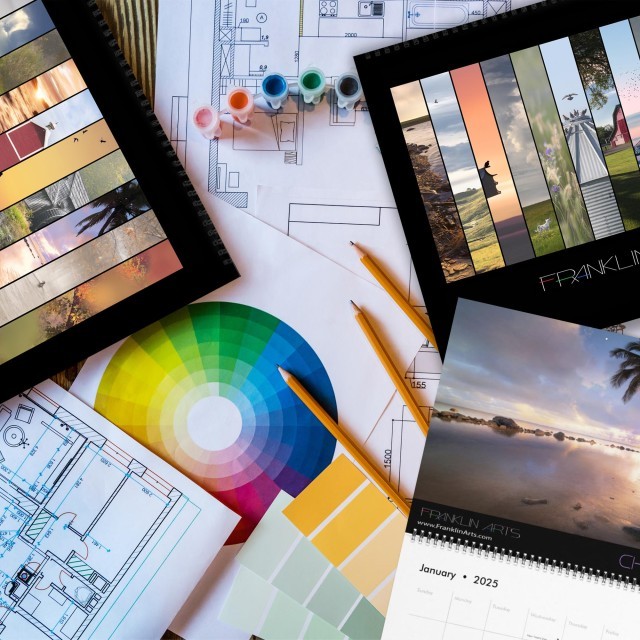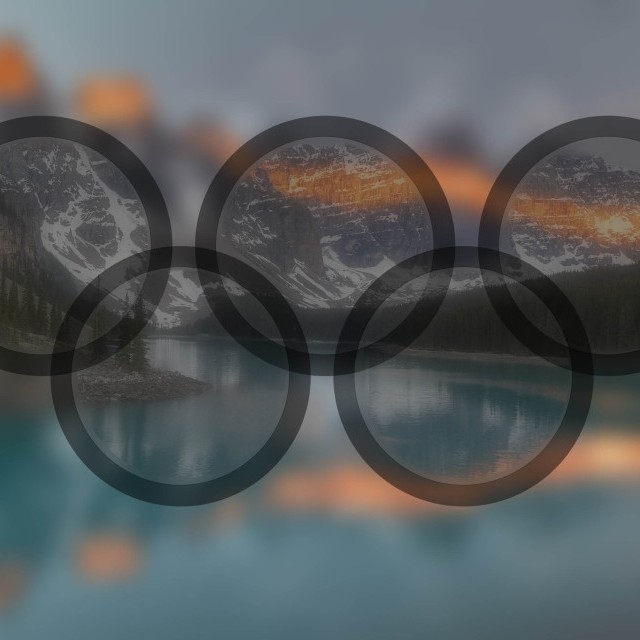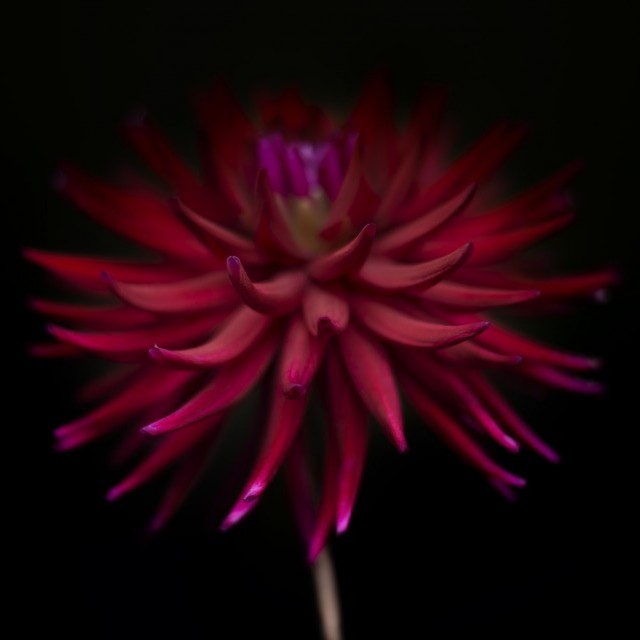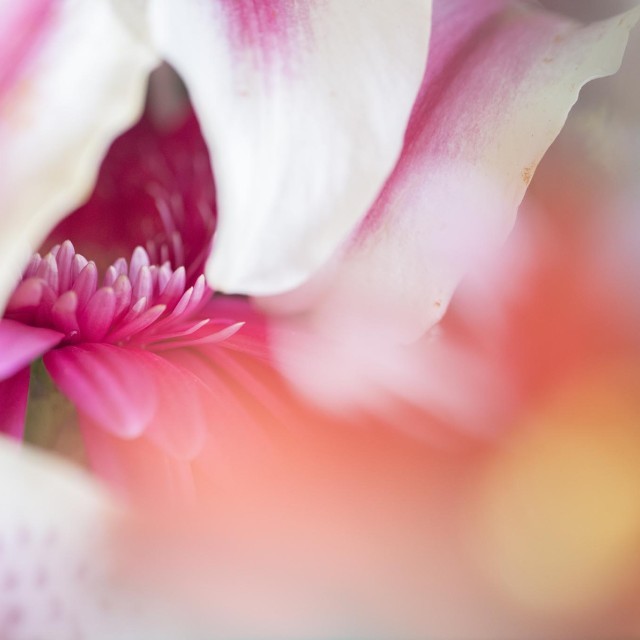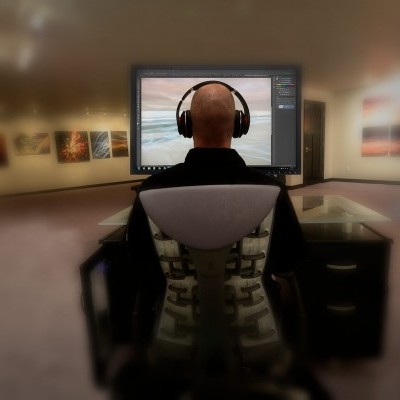
Is my camera phone good enough to make prints?
Or, another way of asking is, should I buy a "real" camera?
It depends.
You knew this answer was coming, but bear with me.
Camera phones have come a long way and in most situations, I suspect a camera phone will do just fine most of the time. Like you've probably heard before, the best camera is the camera that is with you. I bet your phone is with you all the time.
However, it is important to know how a quality picture is derived since it requires a quality picture to create a quality print:
1. Sensor size (and quality). This is a fancy term in photography that describes the sensor in your camera that gathers the light and records it to create the pixels in the picture. In general, the larger the sensor, the better the picture (which explains why professionals still use dedicated, larger-than-phone cameras.)
2. Lens. You could have the best camera sensor in the world, but if the lens is bad (low quality, scratched, or dirty), the sensor cannot reach its optimum quality. Think of using a super high quality camera and putting a dirty old glass around your lens. That fancy camera becomes pointless, right?
3. Light. In general, it is far easier to take a good picture in the middle of the day than it is when the sun drops below the horizon. This is because the sensor has an easier time recording the strong light and creating a quality picture.
4. Technique. It's astounding to see the difference in a picture simply based on the technique used to capture the image---and yes, this is especially true for camera phones. This includes having a steady hand, achieving optimal focus on your subject, and of course other subjective things like camera settings and how you compose the picture, also known as the "composition." Technique is truly the wild card that can make or break a shot that was taken from a great sensor with a great lens in great light.
If these four things are achieved, you have yourself a picture you want to show off and that means you want to print it.
In reality: It is far easier to achieve a quality picture with a dedicated camera than a camera phone.
Fear not, camera phone users who want to make prints:
Because I've been able to help lots of people that have a favorite camera phone picture. Keep in mind though that sometimes they just don't work or are severely limited in the size they can be printed.
Here are some tips about ensuring that your next camera phone picture can be printed:
1. In general, shots taken with more light have more room to enlarge. Phone cameras don't play well with dark pictures--a lot of degradation and noise in the image that is hard to repair.
2. Camera shots with more even light tend to look better than those with high dynamic ranges of light. For example, a shot taken during the middle of day will look a bit better (when enlarged) than when the sun sits on the horizon for a sunset shot. This is because the camera does not have a good enough sensor to handle and manage the shadows and the bright light together. Even phones with HDR (high dynamic range) do slightly better than a "normal" photo, but these are the types of situations where real cameras and camera phones separate themselves from each other. This is kind of a bummer since the most dramatic shots take place in the early morning and late evening.
3. Make sure that tiny little lens on your camera is clean. I've had shots ruined because it wasn't. The cleaner the better. Just give it a nice wipe with your soft shirt. Or a lens wipe (because I know you have those right in your pocket...yeah right.)
4. If you can help it, move your feet to get the shot----don't use digital zoom by pinching your fingers on your screen---that can kill some images.
5. The key to maximizing your shot is to stand still and keep your camera still. Stop, take 2 seconds to be a statue, and take the shot. I can almost tell instantly whether or not the camera was moving when I see a picture.
6. Pictures of abstract things like nature scenes are easier to enlarge than pictures of people and things with great detail. Enlarging your favorite picture of your family can start to look pretty bad pretty fast.
So how big can my print be?
This is very general guide courtesy of improvephotography.com which also discusses a bit more about the print making process.
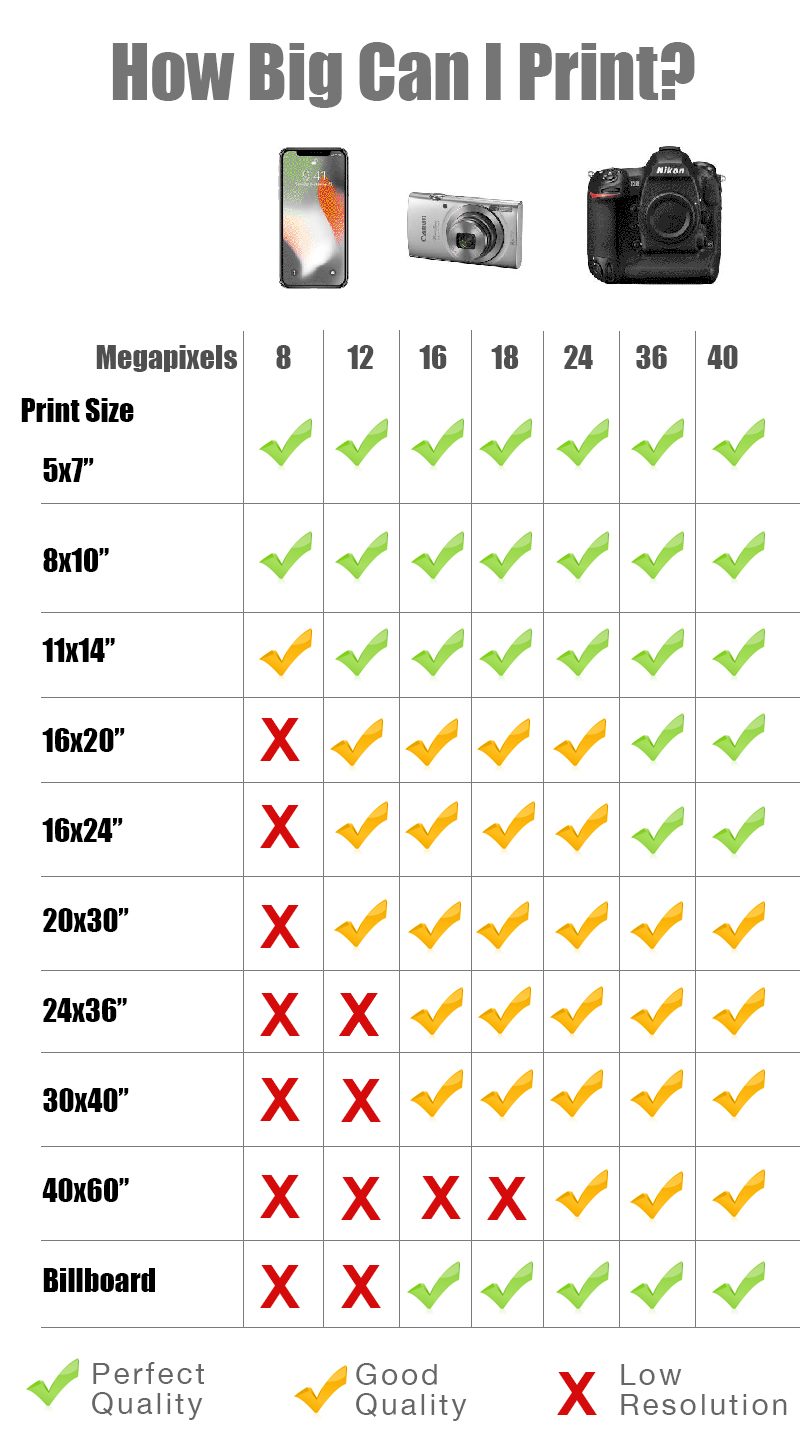
I will leave you with this:
Any camera is better than no camera. True.
If you are seeking to create a picture, you are probably seeking to print that picture, and if that's the case, go get a camera--they are so inexpensive these days that capturing just one shot will be worth it to you, I promise.
